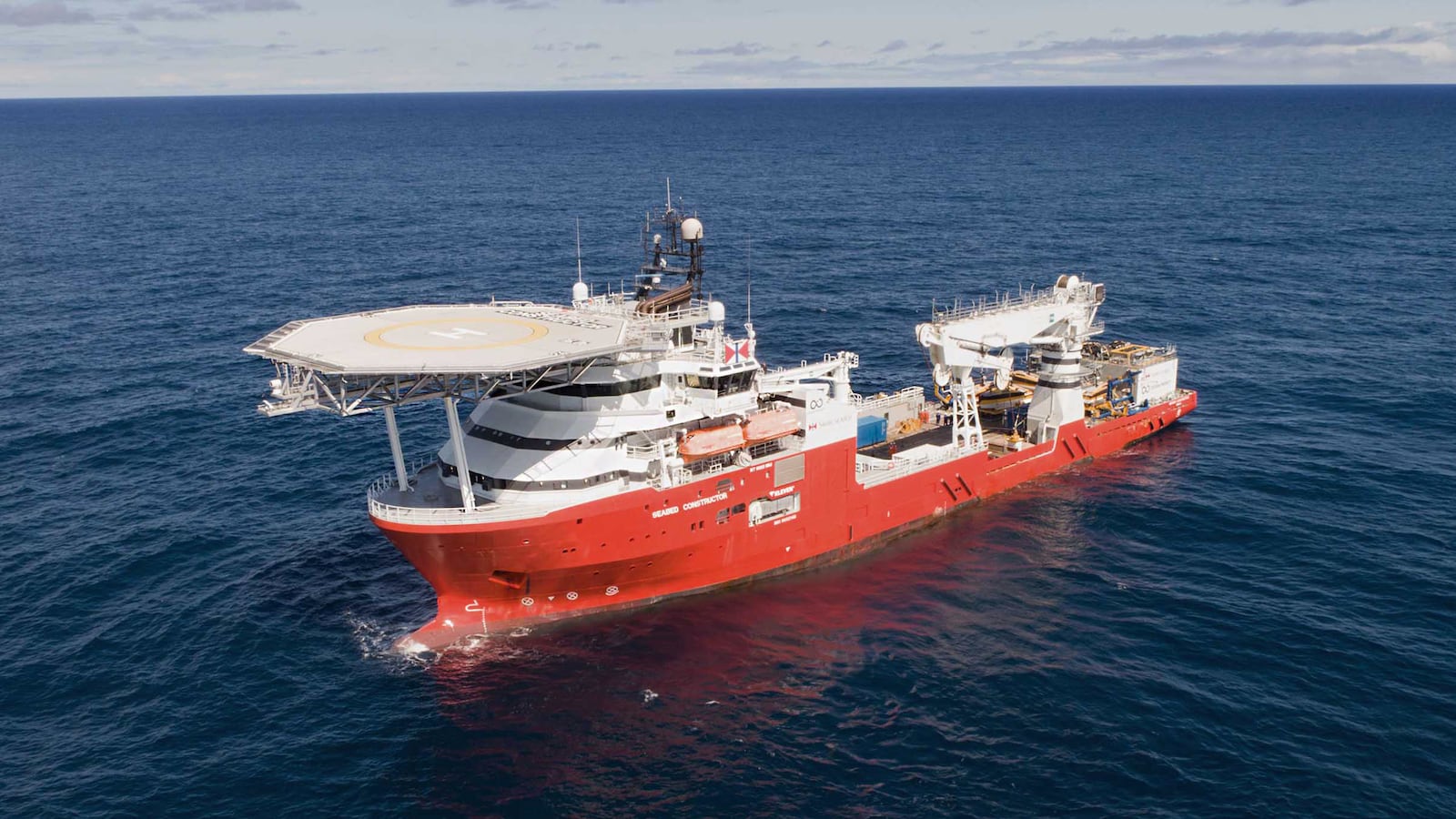The search for Malaysia Airlines Flight 370 is set to be resumed, almost a year after it was postponed indefinitely.
The Daily Beast has learned that Ocean Infinity, a company based in Houston, Texas, that is negotiating with the Malaysian government to undertake the search on a “no-find, no-fee bounty” principle is now sending its search vessel to begin an operation early in January.
Mark Antelme, a spokesman for Ocean Infinity, confirmed to The Daily Beast that although the company still does not have a final contract in place with the Malaysians it has decided to get its search vessel, Seabed Contractor, to the Indian Ocean.
MH370 disappeared into the southern Indian Ocean—one of the remotest and most turbulent areas of ocean on the globe—in March 2014, along with 239 passengers and crew.
The renewed search is a race against time. A weather window between December and March offers the best opportunity to work at the search site in the southern Indian Ocean. Seizing this window is vital for Ocean Infinity because they are deploying a new technology that is not suited to severe sea conditions. Moreover, Ocean Infinity is committed to complete the search in 90 days.
The original search came up empty after 966 days of operations deploying a fleet of six vessels at a cost of at least $150 million.
But in August a team of Australian oceanographers said they had identified “with unprecedented precision and certainty” a new area, beginning about 100 miles north of the original search area, as “a most-likely location of the aircraft.”
The Australian oceanographers will help the new search with the data they used to produce the new target zone. This data was shaped by complex calculations made by reverse-engineering the track of debris from MH370 that washed up on beaches in the western Indian Ocean.
The original search area was huge: 46,000 square miles, the size of Pennsylvania. The area of the new search is around 6,700 square miles, the size of Vermont. The leader of the Australian team of oceanographers, Dr. David Griffin, said that within that area there were three “hot spots” that were the most promising sites.
Even then the three nations responsible for funding the search, Malaysia, China, and Australia, were not prepared to launch a new search.
Then, in October 2017, after receiving a proposal from Ocean Infinity, the Malaysians said they were preparing to allocate between $20 million and $70 million as a reward if the wreckage of the Boeing 777 was found within 90 days. (The difference in the reward would reflect how much of the wreck is located.)
However, it appears that, given the time pressure, Ocean Infinity is not waiting for the finalizing of the contract to get its equipment to the search site. Seabed Constructor is heading to the port of Durban, in South Africa, where it is due to arrive on Dec. 27. From Durban the sailing time to the search area would be around 10 days.
The Seabed Constructor is carrying a fleet of eight state-of-the-art “free-swimming” robot autonomous underwater vehicles, AUVs, that can be used like a swarm of drones to simultaneously cover huge swaths of the seabed with high-resolution sonar scanning.
This will bring an entirely new and so far untried approach to the task of finding the remains of flight MH370. In 2014, when the first search, directed by the Australian Transport Safety Bureau (ATSB), was planned and launched, the number of AUVs able to operate at the extreme depths of the site (up to 18,000 feet) was limited.
For that reason their role then in the search was restricted. More of the sonar scanning was done by towfish, a torpedo-like vehicle towed at the end of very long lines from the mother ship. Towfish are far less maneuverable than AUVs at depth because of the towline. Two towfish were lost when the lines broke and recovering them took weeks.
In an amazingly choreographed operation, Ocean Infinity’s swarm of AUVs are directed by another swarm of eight robots on the surface, unmanned surface vehicle, USVs, that both monitor the movements on the seabed and provide the communications link to the mother ship.
Nothing of this sophistication was possible with the equipment used in the original search. Apart from anything else, Ocean Infinity’s readiness to take the gamble that it will find the wreck is clearly designed to demonstrate the effectiveness of this new technology under the most challenging conditions.
In fact, an expert on deep sea searches has told The Daily Beast that, since August, the Seabed Constructor performed several missions in the Atlantic, from the U.S. East Coast to the Azores, including a number of deep sea areas, that would be consistent with testing the capabilities of the robot fleets.
However, none of those tests will have prepared Ocean Infinity’s crew for the conditions at the search site, some 1,700 miles southwest of Australia. The state of the seas is sometimes so extreme that vessels can face waves of more than 70 feet. On the seabed there is an equally wild landscape that includes volcanoes, deep valleys, and ridges formed by seismic forces.
In the original search the AUVs proved to be particularly vulnerable at the time they were launched or recovered by the mother ship. In fact, it turned out to be impossible to deploy them when wave heights exceeded nine feet. Once the weather window ended at the beginning of April the USVs were usable only 30 percent of the time.
Finding the wreck now would be a remarkable feat. But discovery is only the first part of the challenge. The second is recovery of wreckage and, possibly, of human remains that would be essential to discovering the cause of the disaster.
Seabed Constructor does have a remotely operated vehicle, ROV, that is capable of making close visual inspections of wreckage and recovering smaller parts. But recovery is not part of Ocean Infinity’s contract with the Malaysians. A more complete recovery, that would begin with mapping the debris field, would require more resources.
Every airplane wreck has a story to tell and in this case, even after four years on the bottom of the ocean, physical evidence could be dramatic and decisive in stripping away the mystery of what brought down the plane and its 239 souls.






